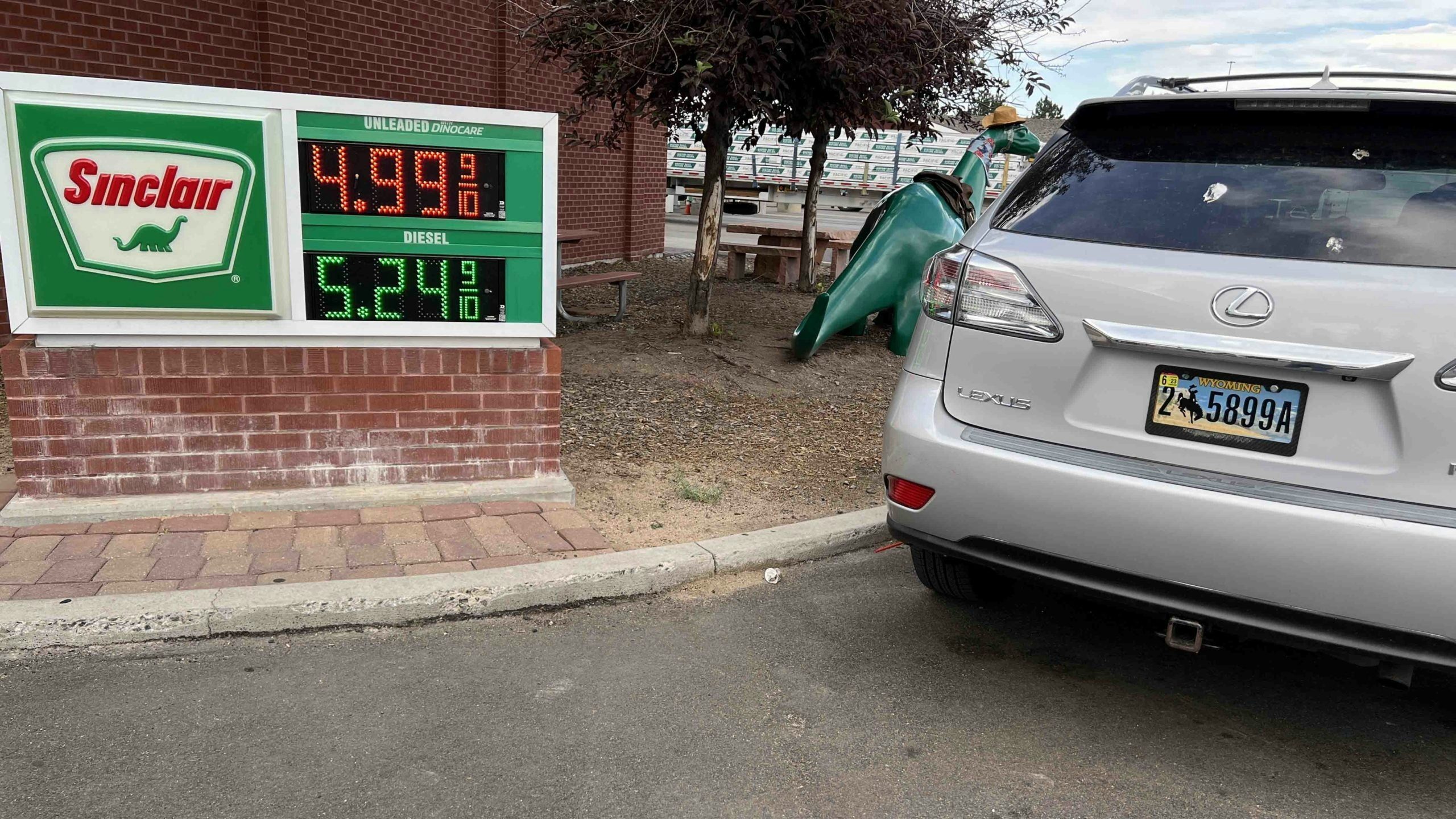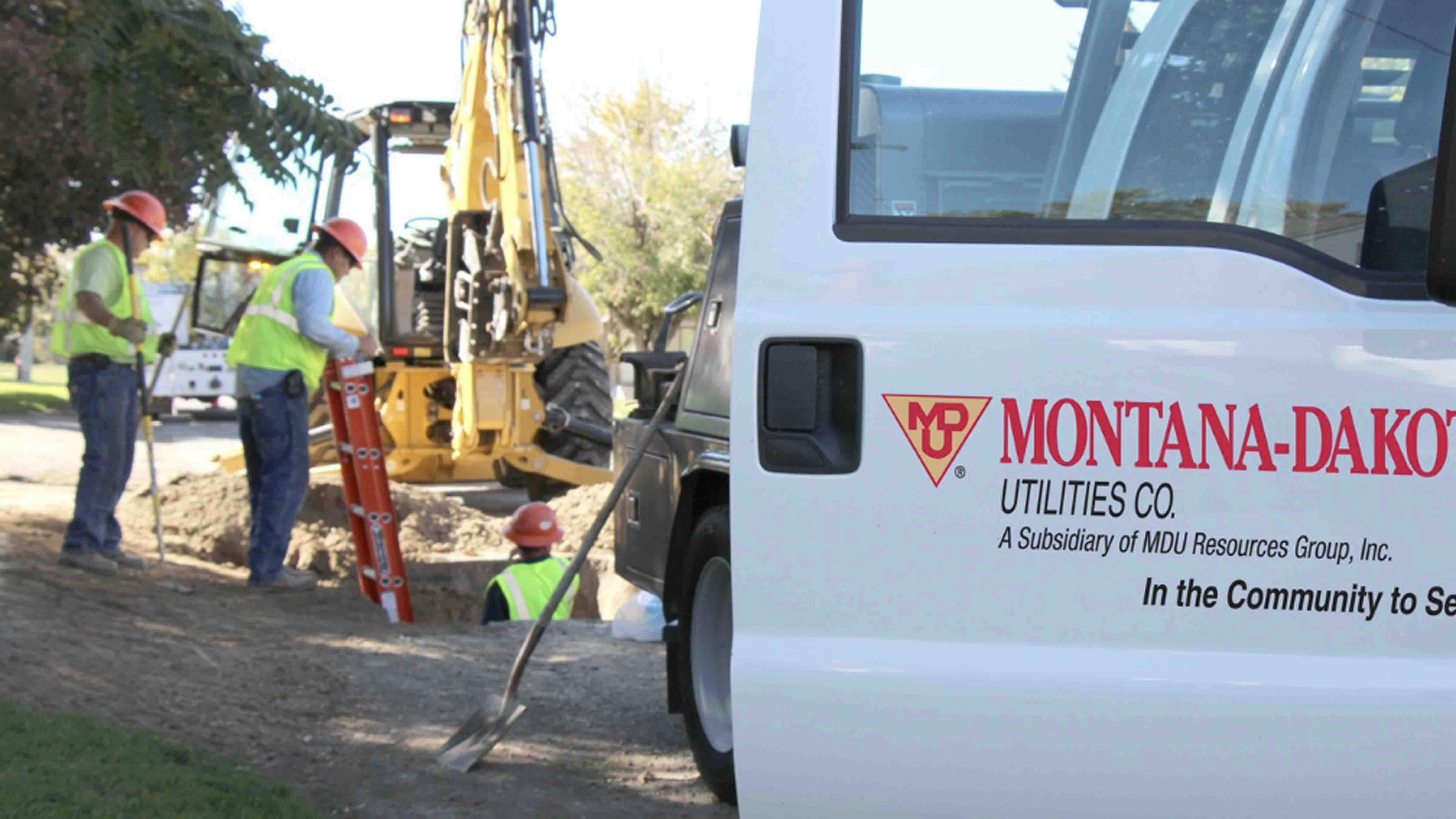Gasoline retailers don’t have the kind of authority over the price of their product that President Joe Biden recently implied, according to a Wyoming gas station owner and others in the business.
Biden, in what he called a “simple message” to companies selling gasoline to consumers, asked them in a recent Tweet to “Bring down the price you are charging at the pump to reflect the cost you’re paying for the product. And do it now.”
But a Wyoming gas station owner and others in the industry contacted by Cowboy State Daily said lowering the price of gas is not as simple for retailers as the president seems to believe.
Retailer profit on a gallon of gas is much closer to 10 cents than it is $2, as many mistakenly believe.
And everything from global supply and demand to local weather, taxes, credit card fees, regulations, road conditions and more go into setting the price of a gallon of gas, they said.
Many gas stations are independently owned by small business people. Some are owned by chains or groups of stores that have banded together. Very few are operated by oil companies or refiners, so before they can sell fuel to consumers, the gas station first must buy the fuel themselves.
The wholesale price they pay is one factor in the price they ultimately set for people at the pump, according to Mike Bailey, a Riverton City Councilman who owns and operates eight Pit Stop Travel Center gas station and convenience stores.
Bailey, who also owns a bulk fuel distribution company and is chair of the Wyoming Petroleum Marketers board of trustees, said fuel prices are mainly affected by market conditions of crude oil and supply and demand at the wholesale level.
“The gas stations that you see that are Major Branded with Conoco, Sinclair, Shell, Phillips, Exxon or others, are most likely to be contract dealers and they have to purchase the fuel that they sell from that major brand supplier,” he wrote in an email. “This limits their ability to ‘shop around.”
“The independent gas stations have the ability to purchase fuel on the ‘open market’ from any available supply,” he continued. “This can be a positive or negative thing, depending on market conditions. A multitude of factors contribute to these price changes.”
Those factors include issues such as the working order of pipelines and refineries, a gas station’s individual location and other factors.
“If an area has weather that makes getting fuel to that area restricted, it causes a shortage which will cause the price to rise,” Bailey said. “If there is too much fuel in an area, the price will decline to attract purchasers to come from farther distances to get that cheaper fuel. If a refinery or pipeline has a breakdown or incident that causes it not have fuel, the market will respond by prices going up.
“Some areas also have different regulations on fuels that can cause supply issues,” he continued. “Some areas are required by the U.S. (Environmental Protection Agency) or state regulators to only use certain special fuels that require a different refining process which can cause other market disruptions. Most of the gas price changes you see at the retail level are caused by this change in the station’s cost of fuel.”
Taxes are also a big part of what consumers pay for fuel, he said.
“The Federal Government has a tax of (18.4 cents) on Gas & (24.4 cents) on Diesel. Each state also has their own taxes that are on the fuel (Wyoming for example has 24 cents per gallon on Gas & Diesel, as opposed to California that has 56.6 cents per gallon on Gas & 65.9 on Diesel),” Bailey wrote.
There is no “average” fuel retailer so all the costs that go into a gallon of gas vary from station to station, said Jeff Lenard, vice president of Strategic Industry Initiatives for the National Association of Convenience Stores, a global trade association for convenience stores and fuel retailers.
He said contrary to the public’s perception — and perhaps the president’s — gas station owners’ price setting flexibility and profit margins are limited.
“A stunning 45% of drivers think that retailers make at least $2 a gallon in profit per gallon, according to a NACS consumer survey,” Lenard wrote in material he sent to Cowboy State Daily. “The average markup on a gallon of gas is about 35 cents. After expenses, a retailer makes about a third of that in profits—before taxes… Retail is part of ‘distribution and marketing’ and is 5% of the price.”
He said distribution costs, credit card fees, store operating expenses, inventory fluctuation and other expenses whittle down retailer profit.
“These retail-based expenses…will be higher for some and lower for others… And, of course, net margins still need to be taxed before they become profits,” Lenard wrote. “Ten to 15 cents per gallon is not quite $2 a gallon and a pathway to millions of dollars per year in profits.”
Besides the tweet suggesting American gasoline retailers could bring gas prices down, President Biden has repeatedly called the price of gasoline and inflation in general, “the Putin price hike” referring to Russian President Vladimir Putin and his invasion of Ukraine.
Biden also recently sent oil company executives a letter saying their companies share in the blame for high prices and they could do more to bring them down.
Critics say it’s Biden Administration policies that are putting a crimp on domestic oil supply and causing prices to go up.
One notable critic of the president’s tweet to gas station owners is billionaire Jeff Bezos, Amazon CEO and owner of the Washington Post.
“Ouch. Inflation is far too important a problem for the White House to keep making statements like this,” Bezos tweeted in response to Biden’s message. “It’s either straight ahead misdirection or a deep misunderstanding of basic market dynamics.”
The average price of unleaded gasoline in Wyoming on Wednesday was $4.77, down 10 cents from one week ago and up $1.38 from one year ago.
“The costs of operating a gas station are continuing to climb,” Bailey wrote. “Labor, utilities, freight and almost every other cost involved in operating a store has gone up dramatically also. We all are feeling the pinch of the pandemic, inflation and very poor energy policies.”





